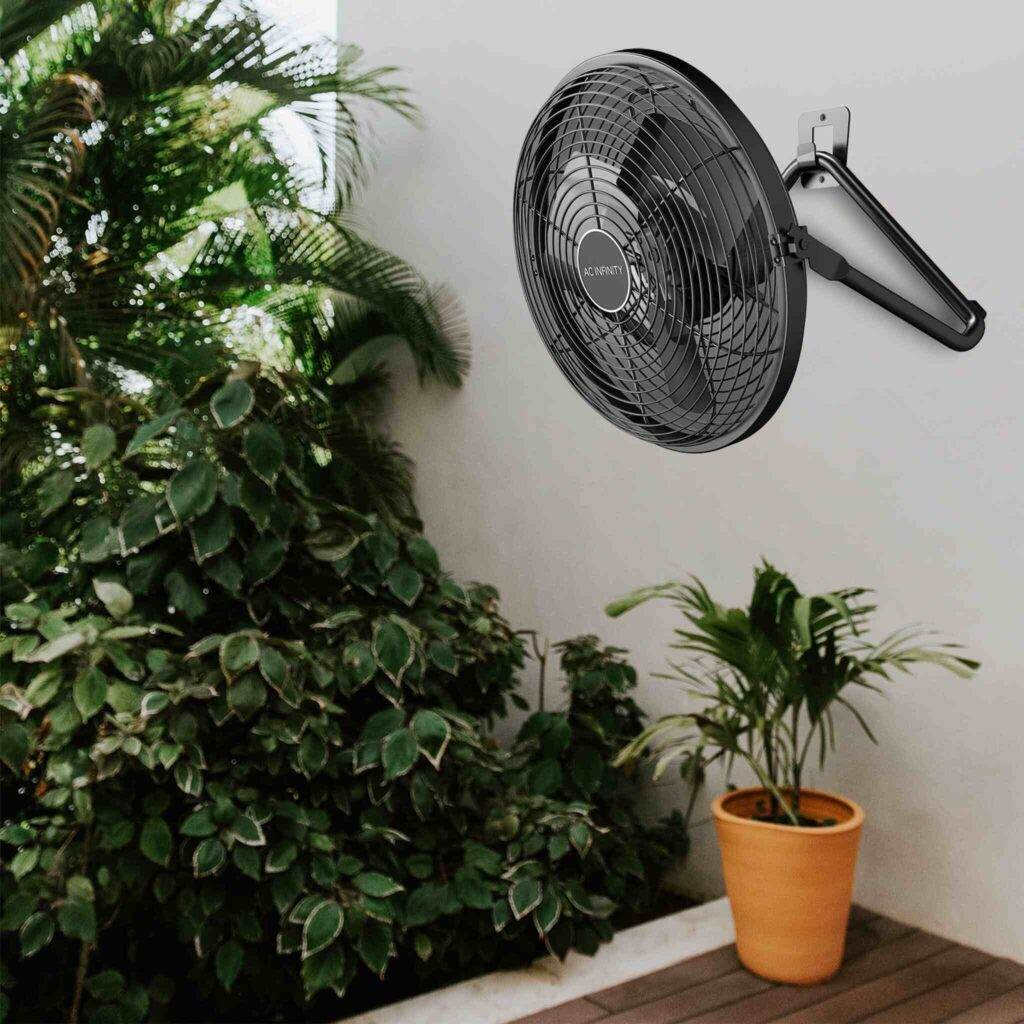An oscillating fan that can be mounted on a wall and provides directed airflow in residential, commercial, or industrial settings is called a wall fan. Usually, it has a motor enclosed in a sturdy housing, to which fan blades are fastened to create airflow. Wall fans provide solutions that save space because they don’t need to be placed on the floor or a tabletop. They are frequently utilized in spaces with limited floor area or when a long-term cooling or ventilation solution is needed. Wall fans offer effective air circulation and comfort while enhancing the aesthetics of the surroundings. They come in a variety of sizes and designs to suit a range of applications.
Wall Fan Prices
Wall fan prices vary depending on its brand, input voltage, power consumption, and size. Its price ranges from ₱588.00 to ₱899.00.
| Details | Input Voltage | Power Consumption | Size | Prices |
| TIXX | 220 V | 60 W | 16 inches | ₱698.00 |
| Camel | 220 V | 55 W | 16 inches | ₱899.00 |
| Rtong | 240 V | 45 W | 22 inches | ₱588.00 |
| Imuto | 220 V | 50 W | 16 inches | ₱689.00 |
| Yowxii | 220 V | 50 W | 16 inches | ₱679.00 |

Advantages of Wall Fan
Space-Saving – Wall fans save space by mounting on walls, which clears clutter and frees up floor area. They are therefore perfect for spaces that are tight on space, like small rooms, offices, or workshops.
Improved Air Circulation – Directed airflow from wall fans aids in the efficient movement of air around a space. This can lessen stuffiness and help keep the temperature at a comfortable level, especially in rooms with inadequate ventilation.
Cost-Effective Cooling Solution – Wall fans are frequently less expensive to buy, install, and run than air conditioners or central air conditioning systems. Their energy consumption is reduced, which lowers utility bills.
Adjustable Settings – A lot of wall fans have oscillation and speed settings that can be changed to suit the user’s preferences for airflow. This adaptability improves ease and comfort.
Disadvantages of Wall Fan
Installation Restrictions – Drilling holes in the wall and running electrical wiring are two tasks that installing a wall fan may require, which could be difficult for people who don’t know how to do DIY projects well or in rental properties where making permanent changes isn’t allowed.
Danger of Damage – Wall-mounted fans are vulnerable to harm from unintentional knocks or impacts, especially when placed low or in busy locations. Furthermore, it is possible for dust and debris to build up on the grille and fan blades, necessitating routine cleaning to preserve optimal performance.
Electrical Wiring Requirements – In order to ensure correct wiring and safe operation, installing a wall fan may require access to an electrical outlet or the services of a professional electrician. The installation procedure may become more complicated and expensive with this extra step.
Video about Wall Fan
FAQs
Where are wall fans typically used?
In many different indoor settings, such as homes, workplaces, workshops, gyms, kitchens, and commercial spaces, wall fans are frequently utilized. They are perfect for locations that need a permanent cooling solution or have limited floor space.
Do wall fans require regular cleaning?
Yes, in order to keep airflow and performance at their best, regular cleaning is required. Over time, dust and debris can build up on the grille and fan blades, reducing efficiency and possibly affecting airflow. It is advised to clean your vacuum or damp cloth on a regular basis.
Are wall fans energy-efficient?
Generally speaking, wall fans use less energy than central air conditioning or air conditioning units. When combined with other cooling techniques or in mild weather, they can help cut down on energy consumption and associated costs.
Do wall fans produce noise?
Even though contemporary wall fans are made to run quietly, some models, especially those operating at higher speeds, may make audible noise. Noise levels can be reduced by installing sound-absorbing materials nearby or selecting a fan with a lower noise rating.
Can wall fans be painted to match room decor?
Certain wall fans that have metal grilles or casings can be painted to match the interior design of the room. To guarantee good adhesion and durability, it is crucial to use the right paint and techniques.


